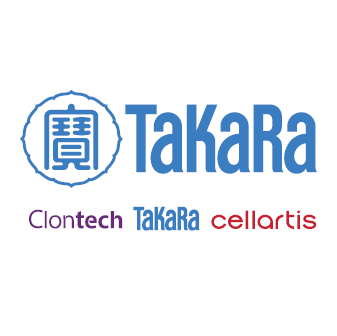pAcGFP1-Mem Hyg Vector
pAcGFP1-Mem Hyg Vector
pAcGFP1-Mem Hyg encodes a fusion protein consisting of the Aequorea coerulescens green fluorescent protein and the N-terminal membrane-targeting signal of neuromodulin (also called GAP-43). AcGFP1 is a variant of the Aequorea coerulescens green fluorescent protein (AcGFP) that has been optimized for brighter fluorescence and higher expression in mammalian cells. pAcGFP1-Mem Hyg can be used for labeling the plasma membrane. The hygromycin resistance cassette allows you to create double-stable cell lines if this vector is used in conjunction with any other Living Colors vector that contains a neomycin resistance cassette.
Use of AcGFP1 for fusions and fluorescence microscopy applications

Use of AcGFP1 for fusions and fluorescence microscopy applications. Panels A and B. Activation of Protein Kinase C alpha was monitored with Living Colors AcGFP1. Panel A. HEK 293 cells were stably transfected with a plasmid encoding AcGFP1 fused to PKC alpha. Panel B. Cells were induced with 1.5 µg/ml PMA for 3 min. The PKC alpha-AcGFP1 fusion moves from the cytosol to the plasma membrane, a result consistent with the known mobilization pattern of PKC alpha. Panel C. HeLa cells were transiently transfected with pAcGFP1-Actin and visualized by fluorescence microscopy.
AcGFP1 is a monomeric protein

AcGFP1 is a monomeric protein. Panel A. Recombinant AcGFP1 protein was analyzed by FPLC gel filtration chromatography. Overall protein absorbance (A280) and chromophore excitation (A477) of the eluted material were monitored simultaneously. AcGFP1 elutes from the column at a retention time corresponding to a molecular weight of 24 kDa. The calculated molecular weight of AcGFP1 is 26.9 kDa. Panel B. Recombinant AcGFP1 protein was analyzed by sucrose density ultracentrifugation using a continuous gradient. Panel C. Pseudonative gel analysis of proteins. The oligomeric structure of proteins is preserved during SDS-PAGE analysis if samples are kept at 4°C and not boiled prior to loading on a gel. Boiled and unboiled recombinant proteins (7.5 μg) were separated by SDS-PAGE electrophoresis (12% acrylamide). In both the boiled (denatured) and unboiled (nondenatured) samples, AcGFP1 runs as a uniform band of ~30 kDa due to its monomeric structure. The unboiled (nondenatured) DsRed-Express runs at a much higher molecular weight than its denatured (boiled) counterpart due to its oligomeric structure.
AcGFP1 is ideal for multicolor and fluorescence microscopy applications

AcGFP1 is ideal for multicolor and fluorescence microscopy applications. AcGFP1 and DsRed2 protein fusions were transiently transfected and visualized by fluorescence microscopy. Panel A. pAcGFP1-Mito (mitochondria) and pDsRed2-Nuc (nucleus) in HEK 293 cells. Panel B. pAcGFP1-Golgi (Golgi apparatus) and pDsRed2-Nuc (nucleus) in HEK 293 cells.
Organelles targeted by the subcellular localization vectors

Organelles targeted by the subcellular localization vectors.
Subcellular localization vectors encode fusions of fluorescent proteins with localization signals or subcellular structural proteins, which target the fluorescent protein to a specific organelle or subcellular structure

Subcellular localization vectors encode fusions of fluorescent proteins with localization signals or subcellular structural proteins, which target the fluorescent protein to a specific organelle or subcellular structure. The vectors are available in a variety of organelle- and cytoskeleton-targeted color variants.


